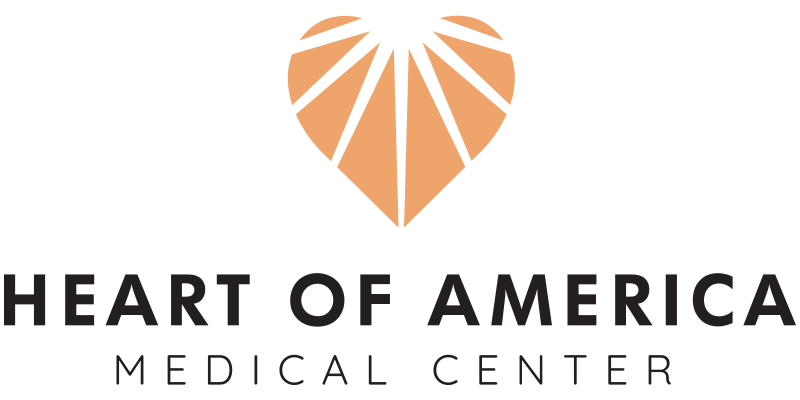Graston Technique
Treats Scars, Adhesions, and Muscle Injuries
The Graston Technique® is a unique, evidence-based form of instrument-assisted soft tissue mobilization that enables therapists to effectively and efficiently address soft tissue lesions and fascial restrictions resulting in improved patient outcomes.
The technique uses specially designed stainless-steel instruments, with unique treatment edges and angles, to deliver an effective means of manual therapy. The use of the GT instruments, when combined with appropriate therapeutic exercise, leads to the restoration of pain-free movement and function.
The Technique also:
- Improves diagnostic treatment.
- Increases patient satisfaction by achieving notably faster and better outcomes.
- Speeds rehabilitation and recovery.
- Reduces the need for anti-inflammatory medication.
- Allows the patient to continue to engage in everyday activities.
The instruments are not meant to replace a clinician's hands but to complement them. Historically, the Graston Technique® has had positive outcomes in between 75 and 90 percent of all conditions treated. It is equally effective in restoring function to acute and chronic injuries, and both pre and post-surgical patients.
The Graston Technique® instruments, while enhancing the clinician's ability to detect and address fascial adhesions and restrictions, have been clinically proven to achieve quicker and better outcomes in treating both acute and chronic conditions, including:
- Achilles Tendinitis/osis (ankle pain)
- Carpal Tunnel Syndrome (wrist pain)
- Cervical Sprain/Strain (neck pain)
- Fibromyalgia
- Lateral Epicondylitis/osis (tennis elbow)
- Lumbar Sprain/Strain (back pain)
- Medial Epicondylitis/osis (golfer's elbow)
- Patellofemoral Disorders (knee pain)
- Plantar Fasciitis/osis (foot pain)
- Rotator Cuff Tendinitis/osis (shoulder pain)
- Scar Tissue
- Shin Splints
- Trigger Finger
- Women’s Health (post-mastectomy and Caesarean scarring)
The Technique provides patients with a new option in the treatment of musculoskeletal complaints.



